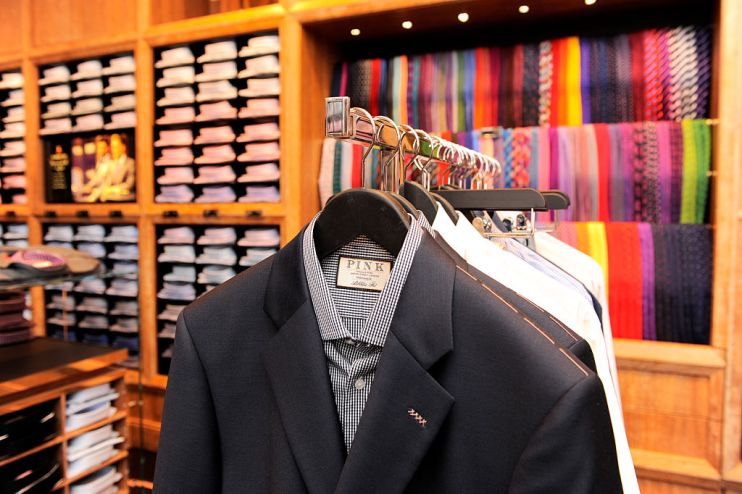Pink goes offline as Covid takes the shirt off its back

Pink Shirtmaker, the fashion retailer that became famous trading under the name Thomas Pink, has been shuttered by owner LVMH.
Covid appears to have seen off the shirtmaker, which had been struggling for years and closed its Jermyn Street flagship in December.
All traces of its social media channels, online store and links on the LVMH website have been removed and the Jermyn Street property is now boarded up. Its Heathrow and New York stores are also closed.
The company reported losses of £23m in both 2019 and 2020 and LVMH is believed to have offered the brand for sale before making the decision to close shop.
Founded in 1984 by three Irish brothers, Pink became a City staple, leading to a takeover by French luxury company LVMH, which paid £43m for 70 per cent of the firm in 1999. Pink initially appeared to adapt well to online retail and consistently posted profits in the early 2010s.
But cracks began to show years ago, with the brand seeing a high turnover in staff since 2017 and undergoing a comprehensive rebranding in 2019.
Rival TM Lewin closed all 66 of its UK stores in the summer as it concentrated its efforts on digital sales.
Pink Shirtmaker did not immediately respond to a request for a comment.
Analysis
Thomas Pink – latterly known as Pink Shirtmaker – was born at a formative time for the City. It was 1984 when it sold its first shirt, a year after Margaret Thatcher had struck the deal that would deregulate the City of London and two years before the Big Bang came into effect.
Those were heady days: while the moneyed City workers of yore would do their shopping in the stuffy confines of Savile Row, a new generation of professional men (and they were mostly men) flocked to mid-market options including Moss Bros, TM Lewin and… Thomas Pink.
Its traditional tailoring perfectly suited the boxy profile beloved of 1980s power-dressers and after a decade and a half of success, LVMH came knocking. It seemed like a canny investment, with the firm turning consistent seven-figure profits before the cracks began to show.
I had a shirt made at Pink at what may have been, with the benefit of hindsight, its last hurrah. Dunhill and Gucci alumni John Ray had just been installed as creative director and LVMH seemed committed to making the brand work despite rocky trading.

I had two shirts made, both immaculately fitted, although my partner told me the next day that I looked “like a GP”, which she meant as an insult. Those shirts didn’t remain in heavy rotation for long. In truth, high street chains like Uniqlo sell shirts with a more modern profile for a fraction of the price.
The market for Pink – that sweet spot between high street and Savile Row – had become increasingly precarious. A decade ago when I joined City A.M. there were expectations on how one should dress when going to work in the City. I remember writing a detailed analysis about whether brown shoes were acceptable attire (the answer was “yes, just about”, although go back a decade further and anything other than black would have seemed absurd).
Today, you can mix designer suits with high street shirts, and even vice versa if you’re lucky enough to be an “average” size. At some firms you don’t even have to suit up every day – and God knows what a working wardrobe will look like post-coronavirus.
Covid may have finished off Pink Shirtmaker, but, sadly, the writing has been on the wall for some time.
